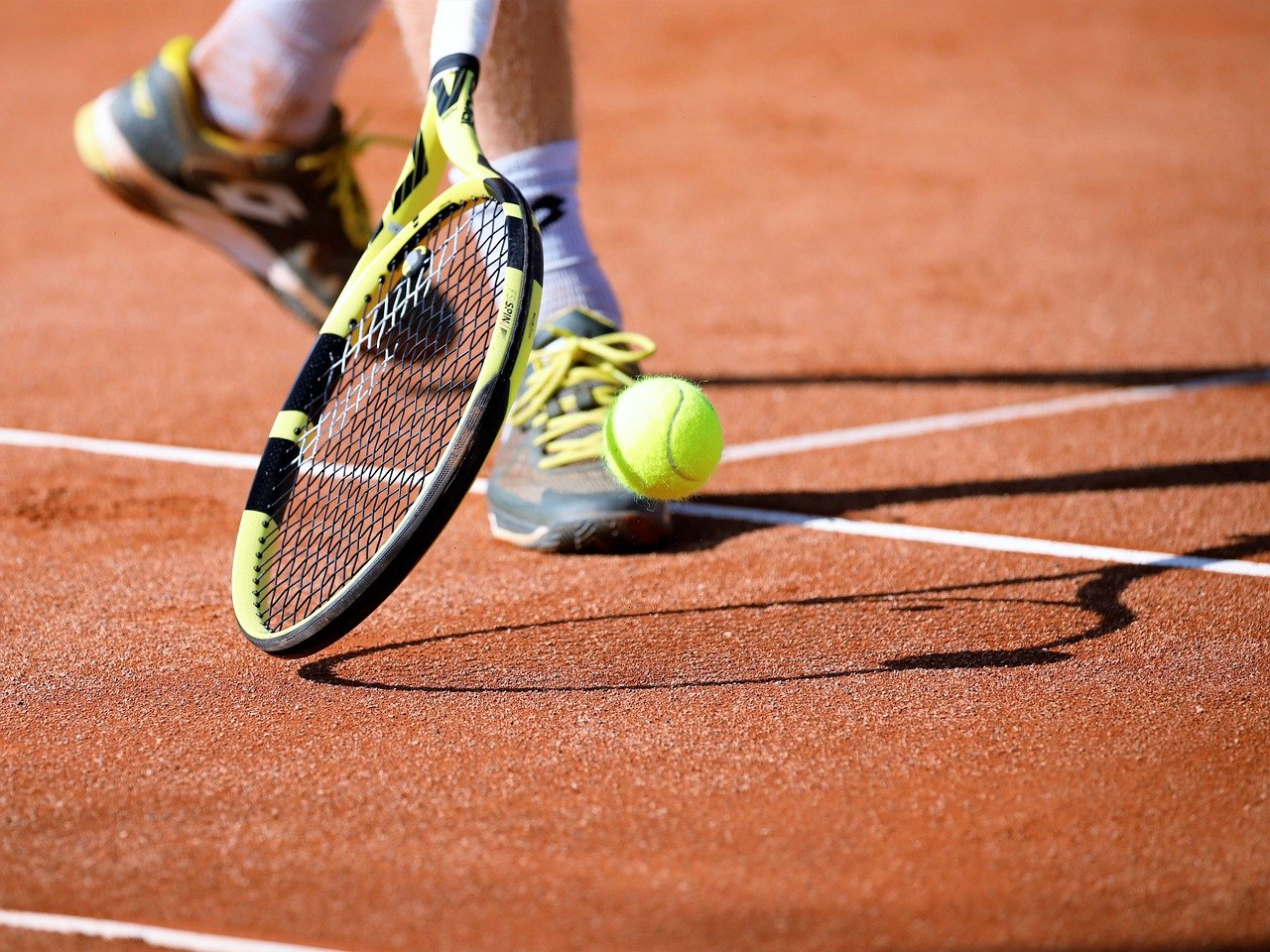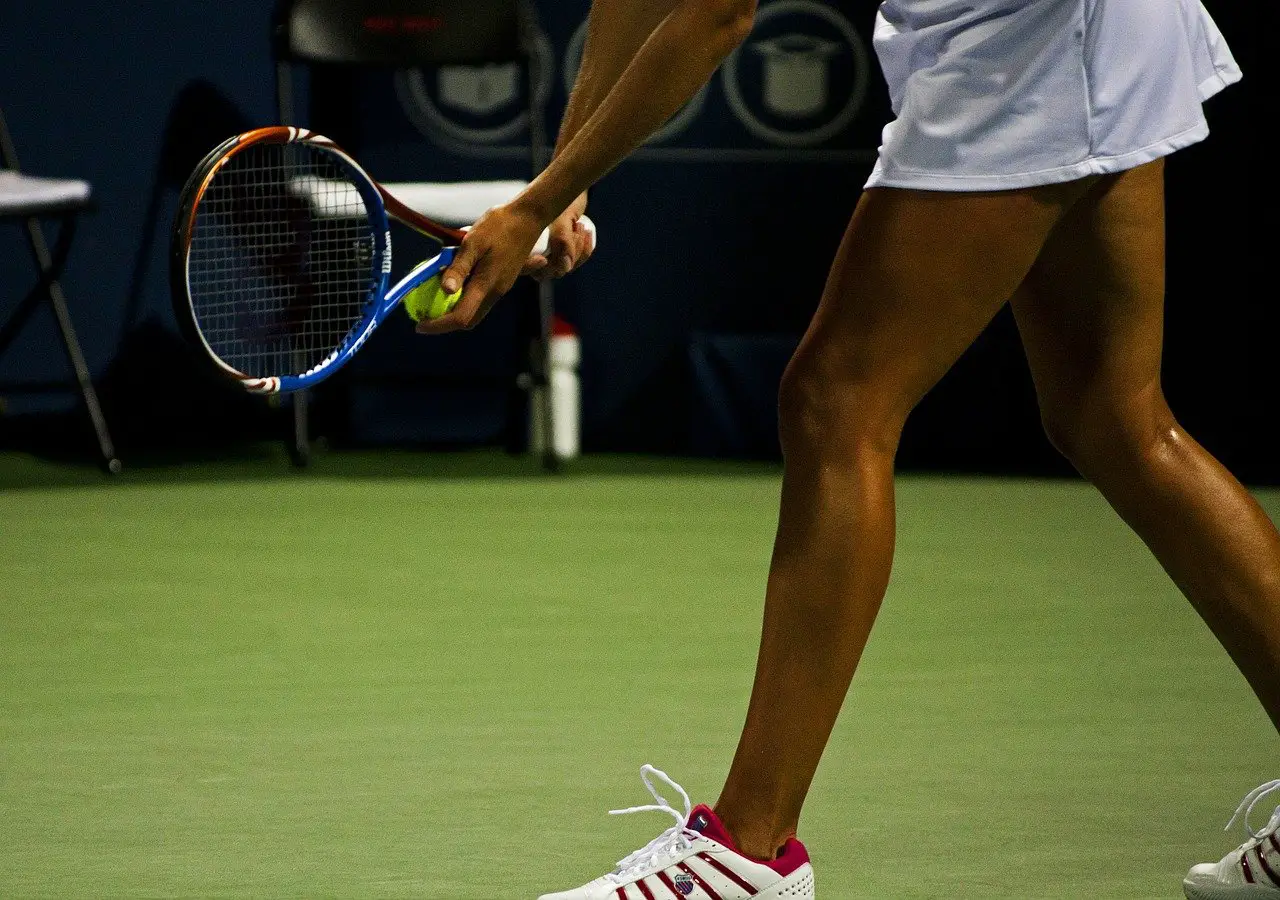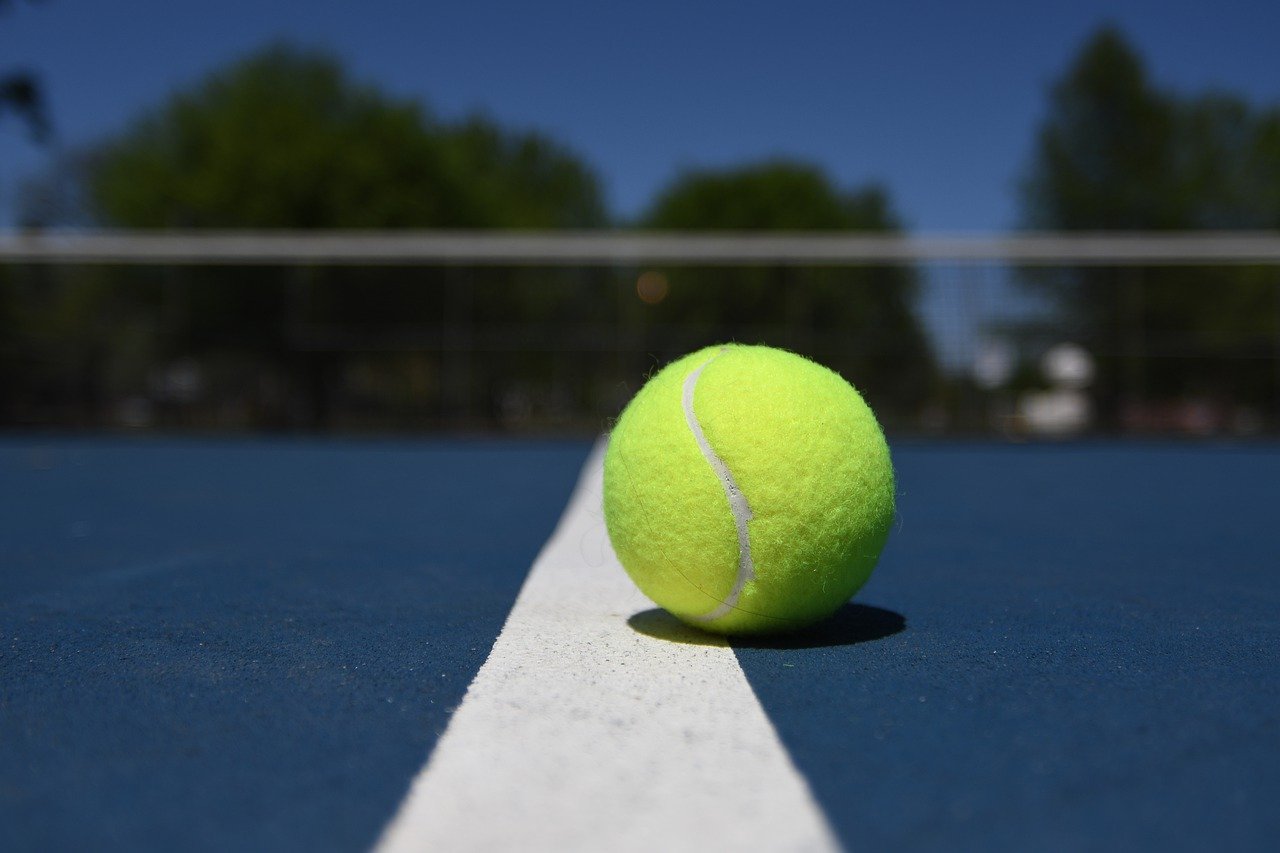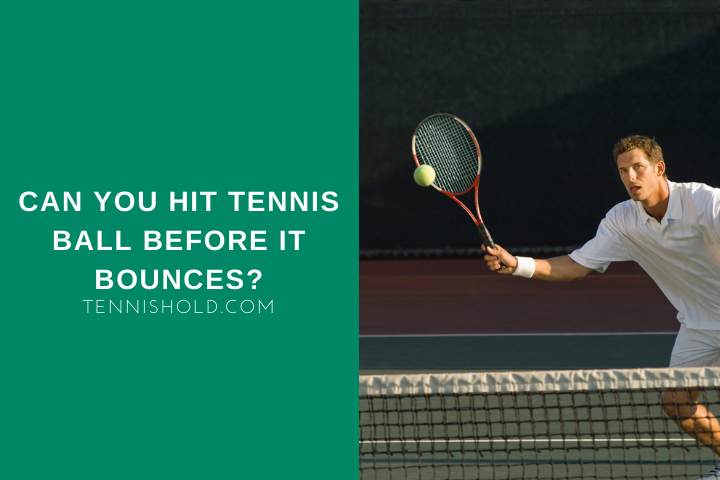I watch a lot of tennis matches. It’s a pure pleasure to see Rafael Nadal hit enormous topspin forehands on clay.
The ball bounce he produces is so high that many opponents have to stand on their tiptoes to reach it with their backhand.
In general, the ball in tennis doesn’t have to bounce before you hit it, except for serve return. It’s also way easier to strike the ball after its contact with the court. The ball slows down because of friction, so there is more time to react and prepare your best shot.
Although hitting the ball before a bounce is more efficient than groundstrokes, it doesn’t attract the audience.
While singles matches bring millions of people in front of TVs, the doubles matches are barely exciting second-category events.
You can blame the fact that the rallies are based on serve and approaching the net. Not so much in women’s tennis, though.
But the point is to smash or block the ball before it even bounces. So, the players don’t want to play on the baseline and stay most of the time inside of the court.
It doesn’t even require a backswing or complex technique, so it’s easy and effective.
Does The Ball Have To Bounce Before You Hit It? Volley Anatomy Explained

Right off the bat, no, you’re allowed to hit the ball either before it bounces off the court or after.
When you hit the ball straight away, it is called a volley. However, if you strike the ball after its bounce, then it’s a groundstroke or slice.
Frankly, many women avoid volleying because of a fear of being hit with the ball, which is completely justified to be fair.
Let’s be honest, with modern racket and string materials, almost anyone can create crazy ball speeds.
This said you should go for volleys only if you are confident in your reaction time.
Often when you’re at the net at the right moment, the point should be yours in no time at all.
Professional players decide to volley the ball more frequently on specific surfaces like grass or fast hardcourts.
They are well aware of how big of an advantage such a court gives them.
The position at the net means that the distance between you and the opponent is halved. As a result, it gives your opponent twice less time to swing the racket back and drive it towards the ball.
There aren’t many advanced players who can pull something out of the hat to get the rally going, let alone beginners.
Do you know what’s even more positive for you in this case? Your margin of error is larger compared to any other spot on the court.
As you are much closer to the net, you can ‘see’ a much bigger piece of the other half of the court. As a result, you can reach more balls and end more points with a volley or smash.
Now, the risk of you being passed or making an error of hitting the net is very low.
Occasionally, you can find yourself in a situation where you need to choose between a volley or groundstroke while being on a baseline or sideline.
You have to quickly assess the ball’s trajectory and make a smart decision. It’s easy to make a mistake.
The bottom line is:
Whether the ball theoretically goes out or not, if you hit it before the bounce, the rally will continue.
I bet you don’t want to regret keeping the opponent dictating the pace, so be very careful with what you do.
Coaches would rather tell you to step back and give the ball a chance to land out of bounds.
What Are The Rules For Returning The Serve?

The player who starts the point serves the ball.
The one on the other end of the court returns the ball. Once the ball is served, it must bounce before the return.
If you don’t let the ball bounce on return and hit it, you lose the point. The same happens if the ball bounces twice.
You must return after the single bounce of the ball.
Imagine you are in the ready position to return the ball. Your rival serves, and the ball makes its way directly at your stomach at a speed of 130 mph.
You get knocked down. But you miss the point as well because you didn’t return it with the racket.
I don’t say it happens often. For sure, not in singles matches in which players stay at least 78 feet apart.
On the other hand, there is always one player in the team at the net in the doubles. And it’s quite common to see missed serves land in the wrong service box.
Can The Ball Bounce Multiple Times Before Returning A Hit?

The tennis rules are very strict about it.
You are free to hit the ball before or after the bounce, but two bounces are too many. Whoever sprinted once to reach for a drop shot and was late knows how absolute this rule is.
This is double annoying when you ran across the halfcourt and somehow forced the ball through above the net.
But the ball touched your racket just after or on the second bounce. Often, you can’t even tell it truly went on like that while the chair umpire is signaling a fault.
There is one and only exemption from this rule which exists in wheelchair tennis. The rulebook allows the ball to bounce twice because of players’ reduced mobility.
However, the first bounce must land within the court borders, while the second bounce can be anywhere in or out.
Final Words
Today’s tennis is nothing like the tennis of our parents. Its rapidness and game pace increased and left you little time to select your shots.
Although the most dominant playing style rests on groundstrokes, it’s important to gain decent volley skills.
If you know when it’s the time to approach the net and you do it, you’re going to win a lot of your matches.
Putting pressure on the opponent is the most straightforward way to force their errors or receive balls and turn them into winners.
I personally tend to shorten rallies and use my powerful forehand to take the lead.
Then, it takes one or two seconds to close it with a volley or hammer a ball like a nail, and my opponents seem helpless.
How often do you strike the ball before it even bounces off the court?
Do you find it challenging to perform volleys or overheads?

